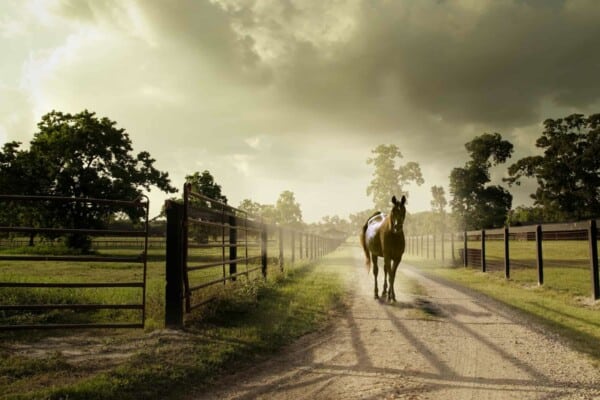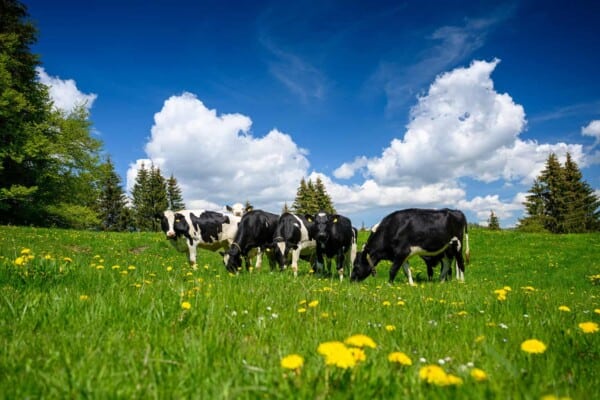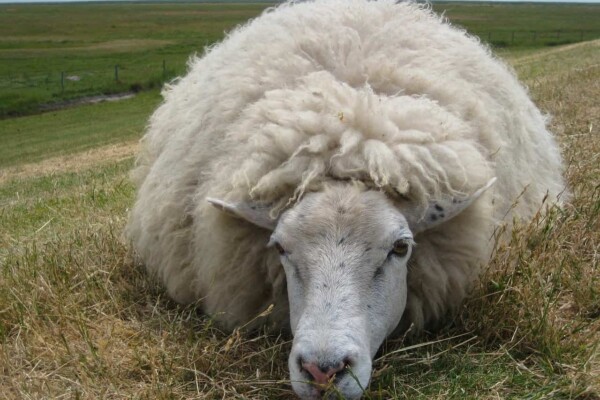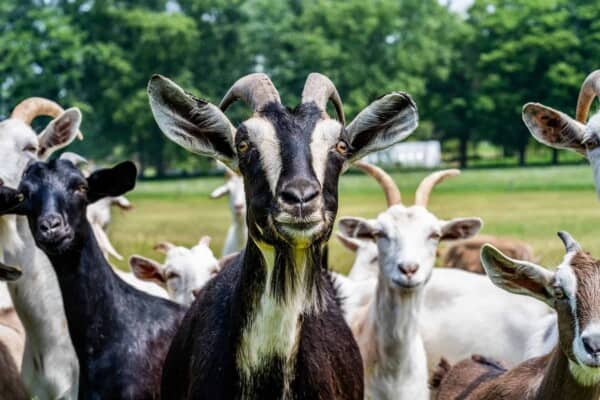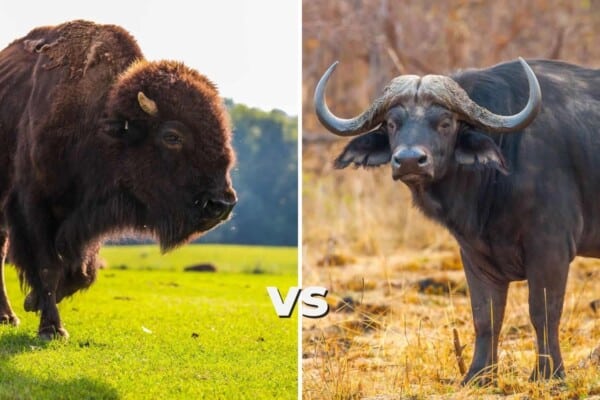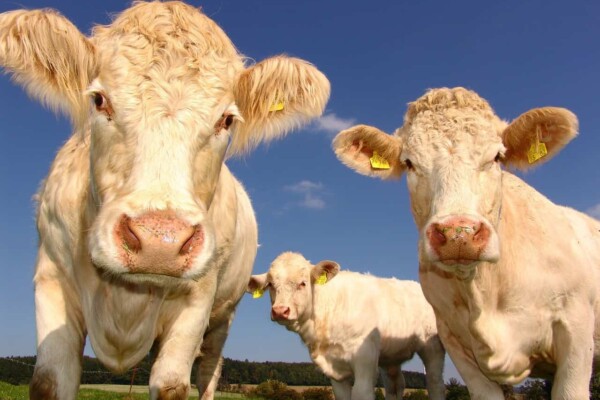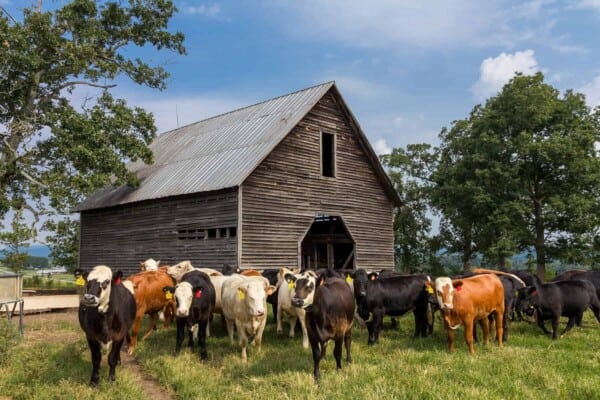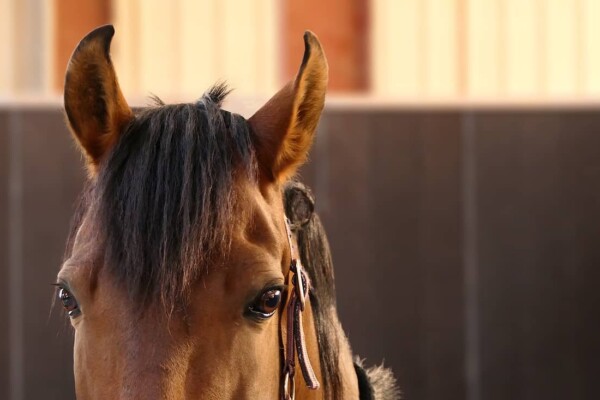There are a lot of sheep breeds that you can choose from when you’re building your very own farm, but the sad part about it is that it is getting progressively harder and harder to find the perfect breed for you these days.
Every breed has its own advantages and disadvantages, and as such you need to look at everything that there is to the breeds before making your final choice.
With that being said, today we will talk about one of our personal favorite sheep breeds out there, that being none other than the Jacob Sheep, and as we do so we hope we’ll give you all the information that you need to make your decision on whether this is the best choice for you right now.
But before we go any further, how about we instead give you a brief rundown of the mark that this rather magical breed has left on the world, starting off with its origins.
The History of the Jacob Sheep

We know for a fact that the Jacob Sheep must have come from somewhere in the Middle East, since this is where it has been predominantly found over the years the most.
But the sad thing is, we can’t really pinpoint the origins of the breed because of how old it really is. This must be one of the oldest breeds in the Middle East though, we’re sure of that.
Many experts believe that this breed is a direct descendant from the ancient Old World sheep breed but again, this is all just speculations for now.
We know that this breed has been spotted in different cultures all throughout history, especially so in Far East, Middle East and Mediterranean regions, where it is described thoroughly in ancient texts as one of the best animals to own back then.
We also have documents pointing out the fact that the Jacob Sheep must have been very popular in England around the 1600s, eventually reaching its peak around the mid-1700s where it started to be marketed off on a worldwide scale.

Due to the fact that this breed is a multi-horned and piebald animal though, it has also been referred to as the Many-horned sheep, the Piebald sheep and even the Spanish sheep, which is largely due to its popularity there over the years.
Later on, it was directly nicknamed as the Jacob Sheep due to its relation with the Biblical figure of the same name, and before long it became a landmark of England as the artistic muse for a lot of ornaments around parks back then.
kly became known as one of the best-selling sheep breeds of all time, breaking records in no time.
As soon as the North American sheep breeders noticed how great this breed’s fleece is, it became a no-brainer to invest in it and it didn’t take long for this breed to become a staple of the North American small flock holders.
Here comes the real kicker though, sadly enough the breed has lost its popularity shortly after, becoming endangered recently with less than 3,000 registered breeding ewes currently kept in safe enclosures as we speak.
There are currently two major registries that are fighting to increase those numbers though, and they are the Jacob Sheep Breeders Association and the American Jacob Sheep Registry. Hopefully they can keep doing what they’re doing because it would be a real shame to lose this breed forever.
No doubt that this breed is one of the most important historical figures in the animal kingdom and as such, we should definitely support them so we don’t end up losing it anytime soon.
The Jacob Sheep Characteristics
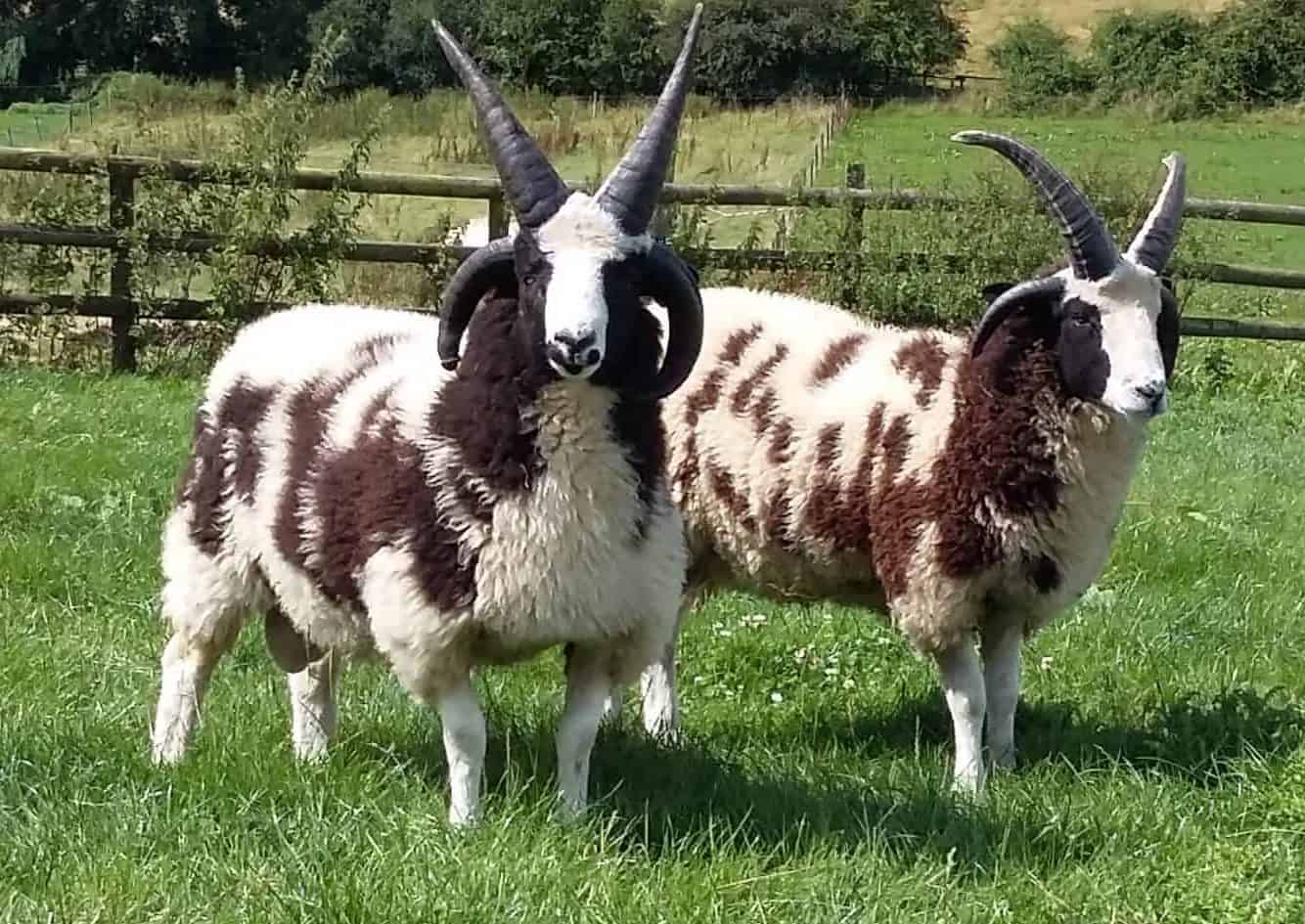
As far as their general look is concerned, you can immediately pick out the fact that you are looking at a Jacob Sheep, based on the fact that they are medium-sized multi-horned creatures that resemble goats more than they do the typical sheep.
The cool thing about them though is the fact that they never have a set number of horns, in fact they can have anywhere between 2 to 6 different horns at the same time. For the most part though, they will have 4 growing from the moment they are born.
But hey, did you know that the Jacob Sheep is not the only breed that can give birth to both piebald and polycerate offspring?
There are several other notable breeds that we can’t have missing from this lineup, including the famous Finnsheep and of course, the West African Dwarf. Other than these two you also have the Manx Loaghtan, the Navajo-Churro and of course, the Icelandic sheep.
In order to be able to point out which of these sheep is the Jacob Sheep though, all that you need to do is look for the black and white colored one because that is by far the most common color that the Jacob Sheep will sport.
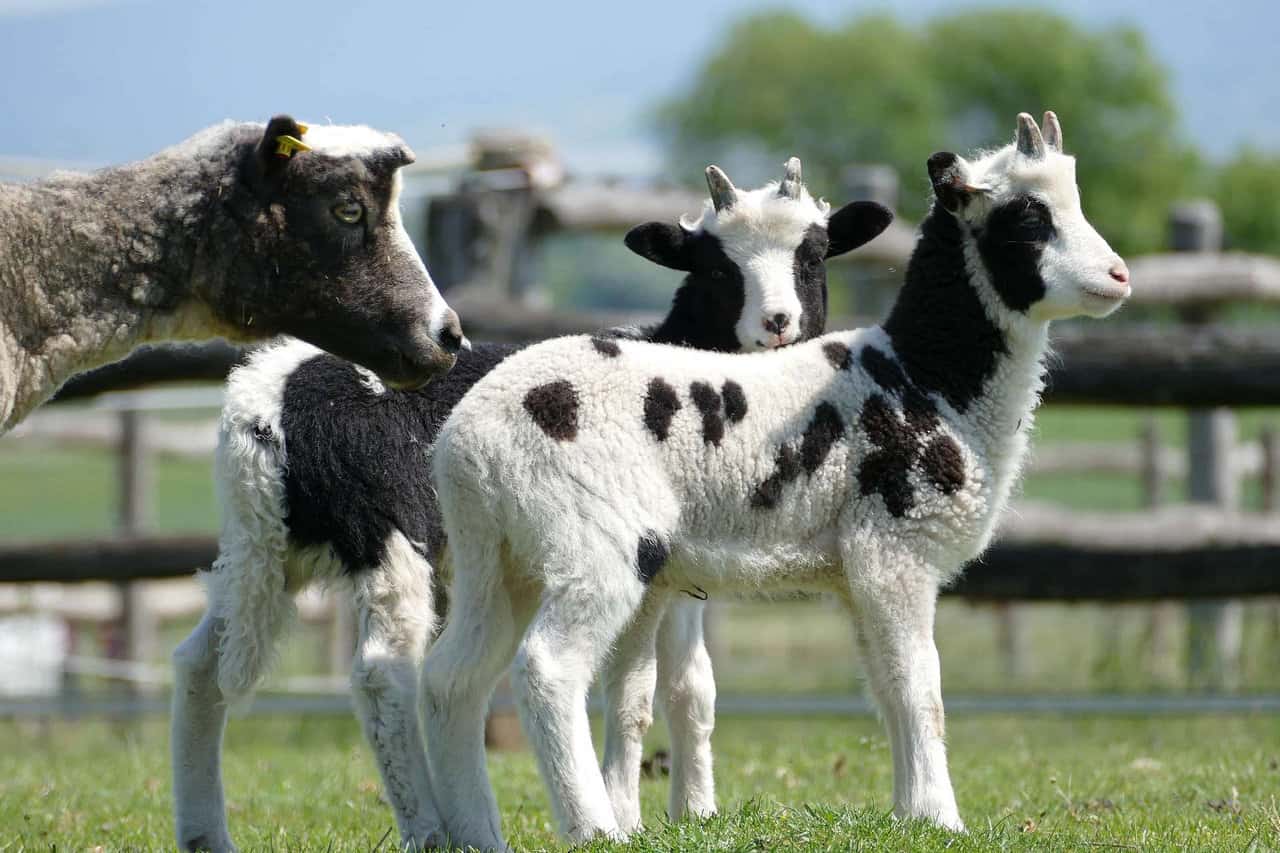
Despite being medium-sized creatures, they do have an abnormally long body frame and what’s interesting about that is the fact that their backs are also relatively straight from the start to the end of their frame.
As far as the ewes are concerned though, you are looking at a creature that is sure to have small udders, that are not covered in wool whatsoever and, what’s interesting about that is that they are also a lot closer to their bodies than they are for most other breeds out there.
This is believed to be a sign of their ancient status, as most modern sheep breeds have very droopy udders which are better fit for sheepherders to use.
Their heads are also very slender and triangular, a fact which is very unique to this breed alone. On top of that, despite having a frame that is packed full of wool, their heads are pretty much bald, for the most part.
We should also mention the fact that their tails are very long and wooly, and on top of that their legs are medium-length and almost devoid of wool below the knees so they can run properly in case of a predator lurking nearby.
The typical Jacob ewe is going to weigh as much as 36 to 54kg each, and as far as the rams are concerned, they can easily get as heavy as 54 to 82kg each once they reach adulthood.
The Jacob Sheep Horns

Most of the time, if you were to see a four horned sheep in the past then you most definitely were dealing with a Jacob Sheep, because they were so widespread back then.
The sad reality is though that because of how endangered of a species this is today, it’s very rare that you will actually see one on an open market, simply because the only ones left are being kept safely by the aforementioned registries.
Even so, we should take the time to talk about these magnificent horns that they’ve got going because by God, they are absolutely stunning to look at to say the least.
First off, we should mention the fact that both of the sexes are horned, which means that just because your sheep has horns that doesn’t mean it’s a ram or an ewe on that alone.
With that being said though, you can actually distinguish one from the other based on what their horns look like.
For example, rams have much larger and more impressive horns, and on top of that they are much more likely to have double-curled horns which are always amazing to see.
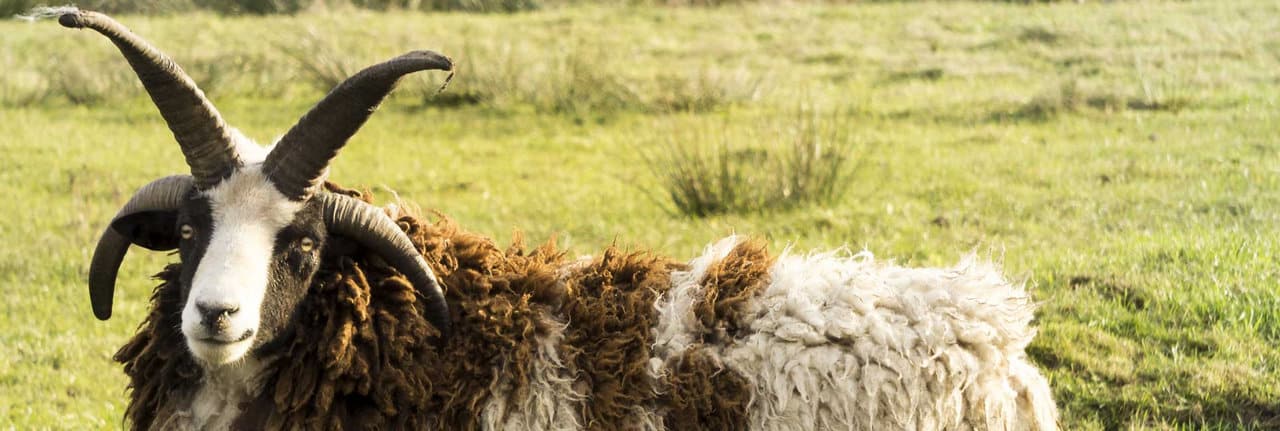
Four-horned rams can have horns as large as 61cm or 2ft long and on top of these they can also have two smaller side horns which comically grow on the sides of their heads.
We should also mention the fact that while British Jacobs are more often than not two-horned, the American Jacobs are more commonly found to have four or up to six horns growing at the same time.
You can also get your hands on a hornless Jacob Sheep but if you were planning on entering any competitions with one of these then you’ll sadly be rejected right off the bat as hornless sheep are considered to be a direct result of cross-breeding.
Color wise your Jacob Sheep will have black horns, but every now and then they may also feature white stripes on them which is not exactly something you should look forward to.
This is due to the fact that the whiter there is on their horns, the more undesirable they are since this means that they are less smooth and balanced and more likely to break.
The more horns your sheep have though, the fleshier gaps you’ll want them to have in-between them. This is because the closer they are to one another the more likely they are to have deformities
How to Spot a Jacob Sheep by Its Markings
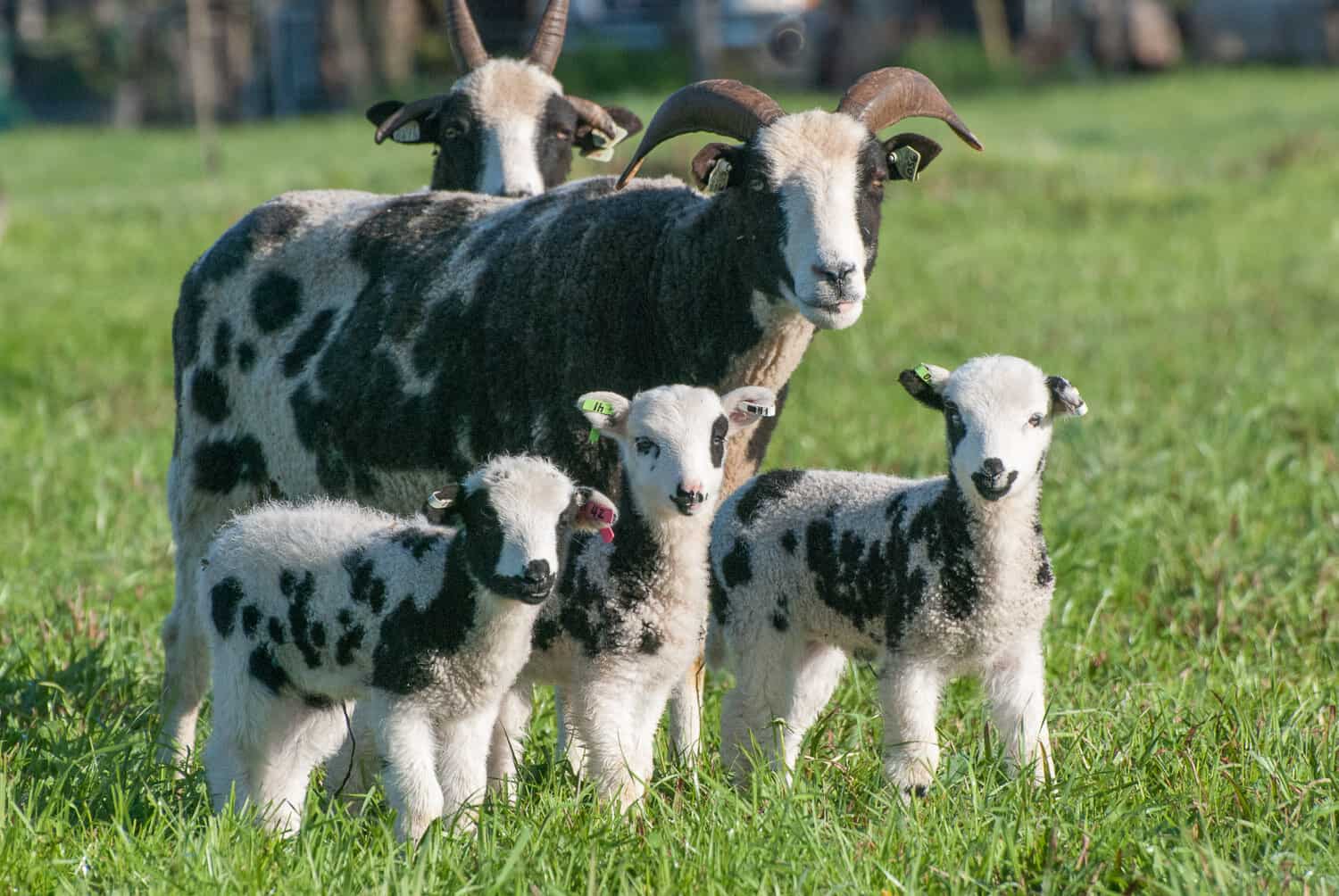
In case you didn’t know by now, in case a sheep gets a bit too far away from the rest of the herd, the shepherd will try to identify it from afar and get it back in line.
In order to do this, the shepherd will need to check out for any distinctive markings that would allow the said shepherd to identify the sheep from afar.
The Jacob Sheep is actually a very good example of this as you can very easily tell one sheep apart from the other based on their body’s color.
Some of them will be 60% white and 40% patterned black while others will be 40% white and 60% patterned black.
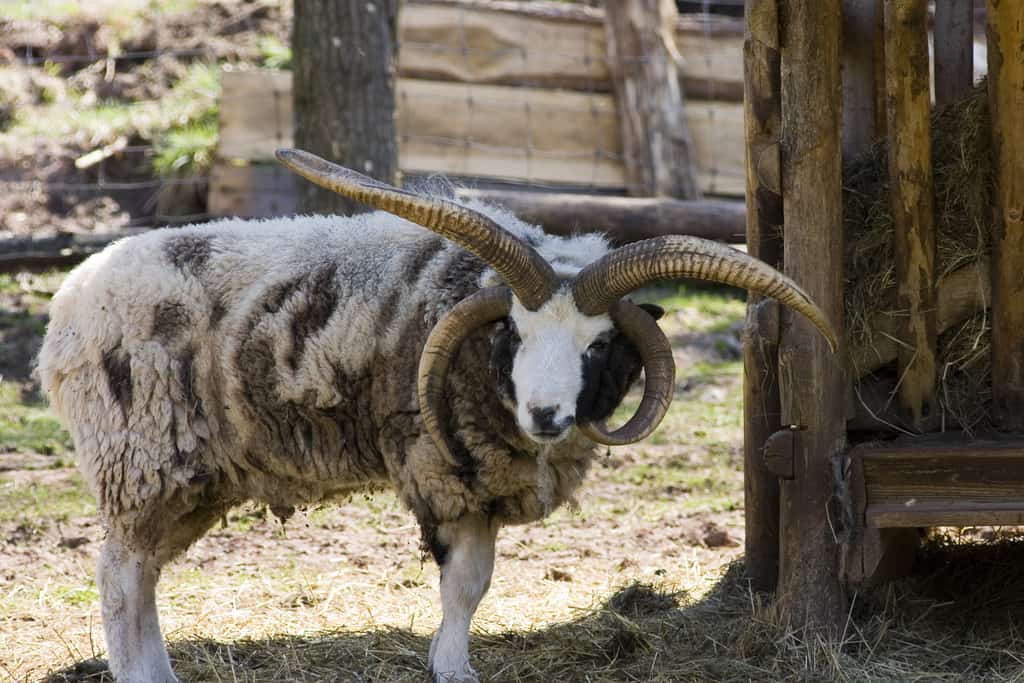
They all have pink skin underneath those white spots and underneath their black spots you can instantly tell that the sheep’s skin is darkly pigmented.
On top of that, their black markings are entirely unique to them, which means that you can easily tell which sheep has run away from the herd just from that alone.
Most Jacob Sheep feature dark patches around their ears, eyes and cheeks too and they can easily be spotted based on the large dark cape over the back side of their shoulders and neck.
In the past, ancient texts referred to this breed as the “badger-faced sheep” due to its black cheeks and white blaze that can still be spotted even to this day as a defining characteristic of the breed.
Last but not least we would like to mention the fact that each Jacob Sheep can have its very own patterned dark spots over their legs, and while many may look alike from a distance, they are all unique to the sheep making them very easy to tell apart from up close.
The Jacob Sheep Uses
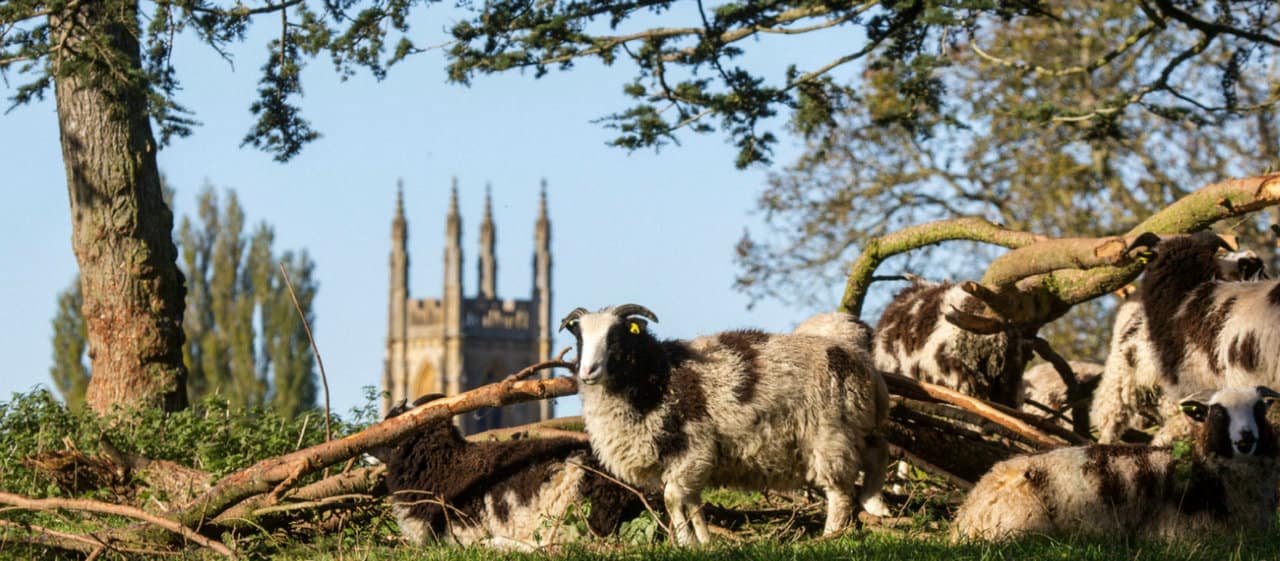
In case you didn’t know by now, Jacob sheep are actually considered to be multi-purpose animals, which is a good indicator of why this breed has been so popular over the years.
Despite the fact that they were originally only used for their meat, hides and wool, they are now also being kept around as pets or even as mascots for shepherds that want a unique looking sheep to advertise their herd with.
Fun Facts About the Jacob Sheep

One thing that really sets the Jacob Sheep apart from any other sheep breed out there is the fact that you are looking at an unusually hardy and strong animal that can really withstand anything that you throw its way.
There is a reason as to why this breed has been around for so many years now, and that is their otherworldly resistance to tough climates and hard living conditions.
Another interesting fact about them is the fact that they are actually very docile creatures that will very rarely instigate conflicts, which is why they are often times used as pets for children.
As we mentioned previously, they are multi-purpose animals but what we didn’t mention is the fact that their meat is absolutely stellar to say the least.
Even if you don’t want to take advantage of their tasty meat though you can still get a profit from their above average fleece which can sell like warm bread once you get your hands on it.
You can get around 4 to 6 inches of fleece from them and while this is not the main reason as to why shepherds like to keep a few Jacob Sheep around them, it is still a very good reason to do so.
As far as their parenting is concerned though, the Jacob ewes make for a bunch of absolutely amazing mothers, and on top of that they can also have around 1 to 2 labs every spring or so if taken care of properly.
You can raise them for their meat, or you can just invest in them for their wool and hides, but regardless of what you go for you are sure to make a profit out of them.
Recently there have been a lot of cases of people buying Jacob Sheep just for the sake of keeping them around as pets or for ornamental reasons which are all still great reasons to say the least.
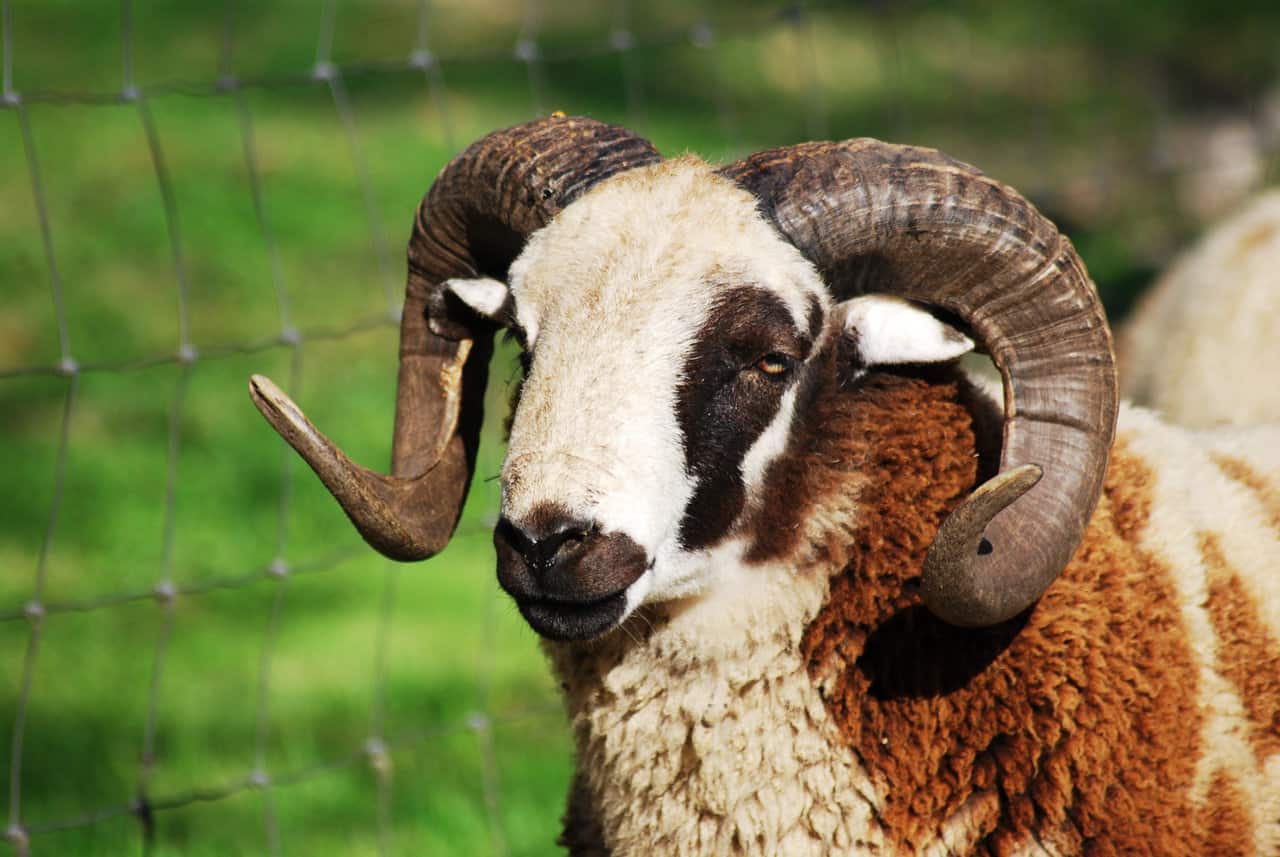
We also recommend getting yourself a Jacob ram as a guard animal, since they’re pretty much unbeatable when it comes to keeping thieves away from your farm, and even better so, they can take on most predators if they happen to stumble around your place.
You are also looking at a relatively low-maintenance animal, that can pretty much take care of itself for the most part. Since they’ve been around for so long, the Jacob Sheep is very resistant to parasites and hoof problems, which makes them very popular amongst sheepherders that don’t like dealing with that on a daily basis.
Last but not least we would like to bring up the fact that the typical Jacob Sheep makes for a great forager, that can pretty much take care of itself even without you giving them any extra nutrition whatsoever.
We still recommend that you give them the bare minimum supplementation, just to make sure that they don’t lack in any area whatsoever, but if you don’t have the budget for it you’ll be happy to hear that the Jacob Sheep can pretty much take care of itself for the most part as long as they have at least suboptimal soil conditions.
Conclusion

So, now the real question is, should you get a Jacob Sheep for yourself? Honestly, we would like to say yes to this question but the problem is that they’re not exactly the easiest sheep to get your hands on.
This is largely due to them being considered endangered, but if you want to desperately own your very own Jacob Sheep you can always contact one of the registries we mentioned before and see if you can get anything from them.
For now though we would like to thank you for reading and we wish you good luck with your farm.

